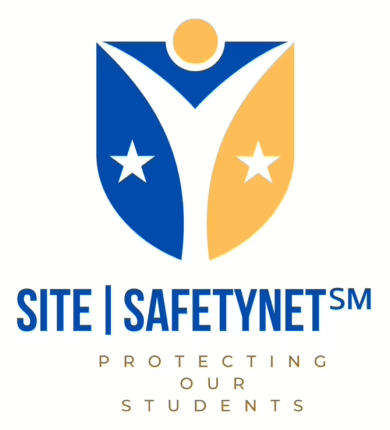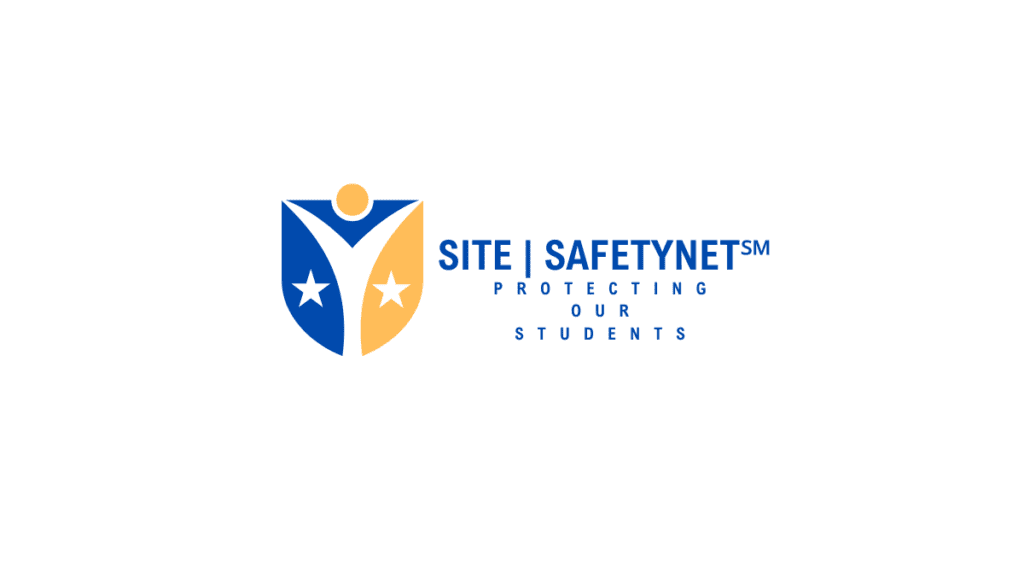 In the wake of the tragic Robb Elementary School shooting in Uvalde, Texas, the community and its leaders have faced critical scrutiny over the response by law enforcement, leading to significant discussions about safety protocols and emergency response preparedness. This scrutiny culminated in the recent announcement of Uvalde Police Department Chief Daniel Rodriguez’s resignation following a report that sparked controversy and debate over officers’ actions on that fateful day. As we at Site|SafetyNet℠ observe these developments, we see an urgent need for communities everywhere to reassess and reinforce their safety and response strategies.
In the wake of the tragic Robb Elementary School shooting in Uvalde, Texas, the community and its leaders have faced critical scrutiny over the response by law enforcement, leading to significant discussions about safety protocols and emergency response preparedness. This scrutiny culminated in the recent announcement of Uvalde Police Department Chief Daniel Rodriguez’s resignation following a report that sparked controversy and debate over officers’ actions on that fateful day. As we at Site|SafetyNet℠ observe these developments, we see an urgent need for communities everywhere to reassess and reinforce their safety and response strategies.
Understanding the Incident and Its Aftermath
The Robb Elementary School shooting, a devastating event that claimed the lives of 19 students and two teachers, has led to a complex aftermath of investigations and reports. A recent independent report commissioned by Uvalde city leaders has defended the actions of the Uvalde Police Department officers, contradicting earlier findings that criticized the response as a “significant failure.”
Despite the conflicting reports and the emotional turmoil within the community, organizations like Site|SafetyNet℠ focus on understanding how future tragedies can be prevented and how responses to such incidents can be improved. The resignation of Chief Rodriguez, who had served the City of Uvalde for over two decades, marks a significant moment of transition and reflection for the community.
Site|SafetyNet℠’s Perspective on Preparedness and Response
At Site|SafetyNet℠, our mission is to empower communities with the knowledge and tools necessary to ensure emergency safety and preparedness. The Uvalde incident highlights several critical areas for improvement, from the importance of active shooter training to the need for clear and compelling incident command structures. The conflicting reports on the law enforcement response also underscore the necessity of transparency and accountability in the aftermath of such tragedies.
 As we analyze the events in Uvalde and their repercussions, a few key lessons emerge:
As we analyze the events in Uvalde and their repercussions, a few key lessons emerge:
- Training and Preparedness: The varied assessments of the law enforcement response to the shooting illustrate the need for consistent, high-quality training in active shooter scenarios. Site|SafetyNet℠ advocates for comprehensive preparedness programs that equip first responders with the skills and knowledge to act decisively and effectively.
- Community Engagement: The passionate responses from Uvalde families and community members reflect the tragedy’s deep impact and the importance of involving the community in safety planning and recovery efforts. Site|SafetyNet℠ fosters strong partnerships between law enforcement, emergency services, and community members to build trust and enhance safety protocols.
- Policy and Change: The ongoing discussions about law enforcement policies and the investigation into the possibility of criminal charges against officials involved in the response highlight the need for continual reassessment and adaptation of safety policies. Site|SafetyNet℠ supports efforts to review and refine emergency response strategies to prevent future tragedies.
 Moving Forward with Site|SafetyNet℠
Moving Forward with Site|SafetyNet℠
As the Uvalde community continues to heal and seek answers, Site|SafetyNet℠ is committed to supporting Uvalde and all communities in enhancing their safety and preparedness. The lessons learned from this tragedy must inform future policies, training, and community engagement strategies to ensure that schools and public spaces are safe for everyone.
In the spirit of resilience and commitment to safety, Site|SafetyNet℠ invites communities nationwide to join us in our mission to build safer, more prepared environments for our children and future generations. Together, we can turn Uvalde’s lessons into actionable steps toward a safer tomorrow.

 As we analyze the events in Uvalde and their repercussions, a few key lessons emerge:
As we analyze the events in Uvalde and their repercussions, a few key lessons emerge: Moving Forward with Site|SafetyNet℠
Moving Forward with Site|SafetyNet℠